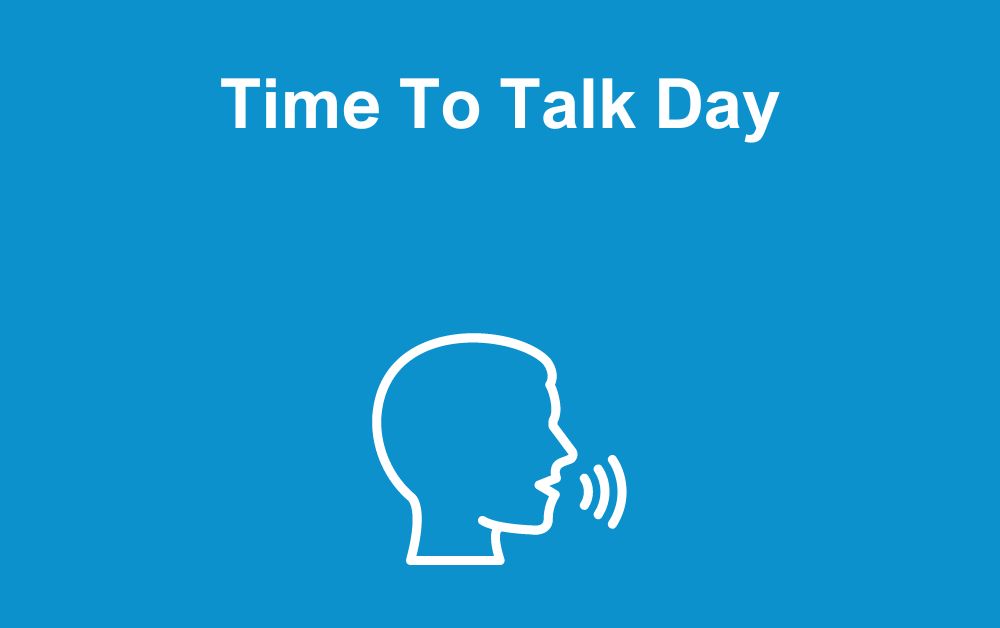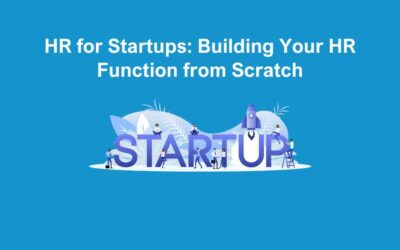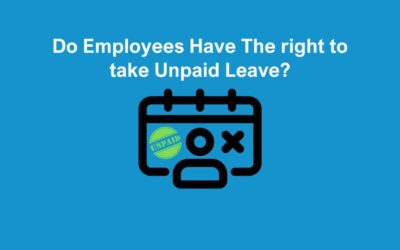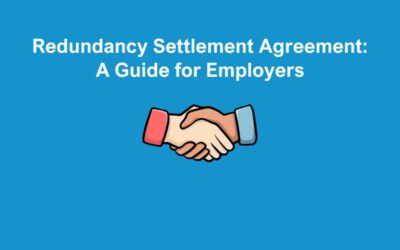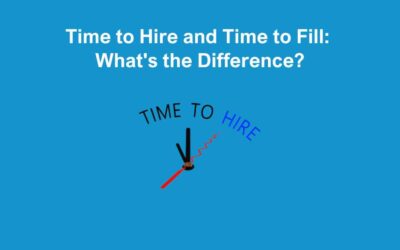Mental health affects us all, yet too often, conversations around it are avoided or brushed aside. Time to Talk Day is an important campaign that encourages open discussions about mental health, helping to break the stigma and create supportive environments.
What is Time to Talk Day?
Time to Talk Day is a national mental health awareness campaign and will take place on 6 February this year. Organised by Mind and Rethink Mental Illness, in partnership with the Co-op, the day is dedicated to encouraging open conversations about mental health—whether at home, in the workplace, or within the community.
Through workplace initiatives, social media discussions, and community events, the day empowers people to check in on colleagues, friends, and family members. Whether it’s a casual chat over coffee, a team discussion, or simply letting someone know you’re there to listen, every conversation makes a difference.
How to Get Involved
How We are Prioritising Mental Health
Here at The HR Booth, we are passionate about promoting mental health and well-being in the workplace. Let’s delve into why it’s crucial to prioritise mental health and the steps we’re taking to make a difference.
Open-Door Policy
In today’s fast-paced world, checking in regularly on our employees’ mental health is paramount. It’s not just about asking if they’re okay; it’s about actively listening and offering support when needed. Our open-door policy encourages one-to-one chats, ensuring everyone feels valued and heard.
Occupational Health
We believe that having a designated Occupational Health Advisor is essential. They played a vital role in providing expert guidance, early intervention, and a confidential space for employees to discuss their mental health concerns.
Walk & Talk
We recently introduced a lunchtime ‘Walk & Talk’ session. This enables us to get out and about, stay active and engage in non-work related chat.
Mental Health in the Workplace eBook
We are thrilled to announce that our ‘Mental Health in the Workplace’ E-Book is now available for free download. This e-book covers everything from reducing stress in the workplace to building positive relationships. You can access this via this link.

